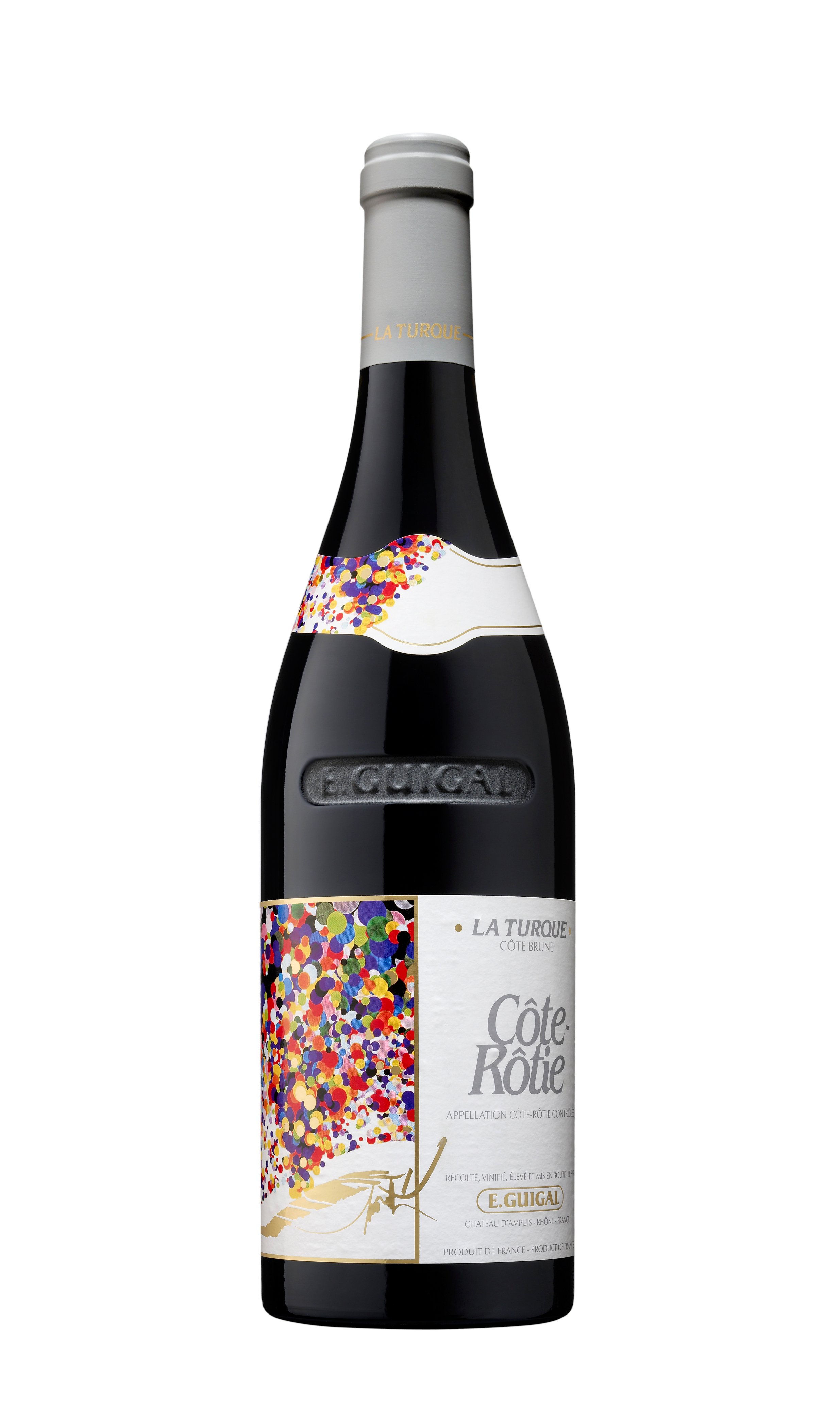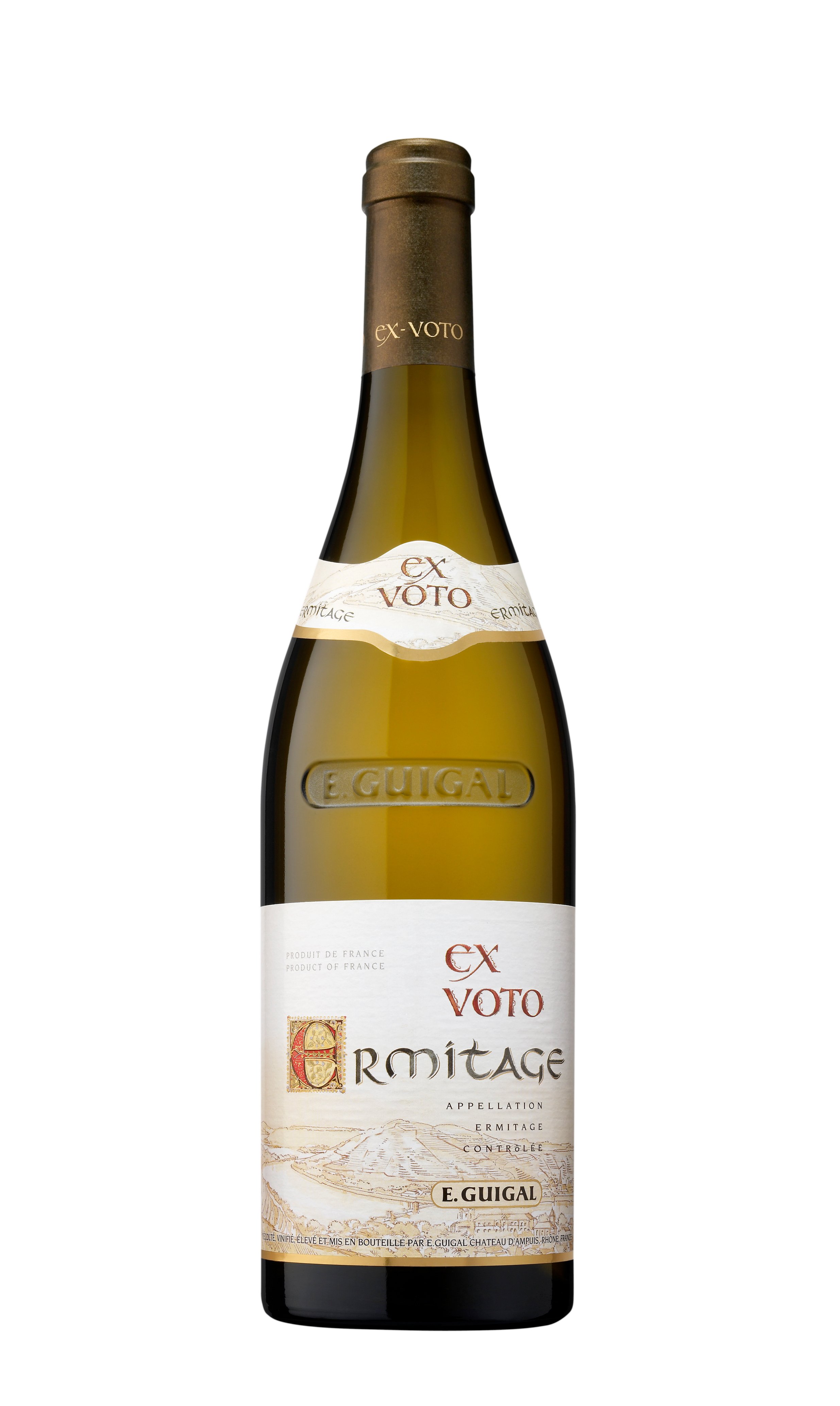Syrah, Syrah



I almost died for a picture of the greatest hill planted to Syrah on the planet. It was my first visit to the town of Tain l’Hermitage. I wanted to get a glimpse of the majestic granitic hill of Hermitage, where the greatest wines based on Syrah are grown. I walked to the train station just at the base of the hill. In my exuberance, I stepped off the platform, so I could get a closer view of the hill. Just then a train happened to be coming into the station. Its horns blew, and I never ran so fast in my life! I survived but shaken I cherish those photos to this day. The northern Rhone is home to the greatest Syrah on the planet. But Hermitage is not the only wine that vies for supremacy in this unique region of France; Cornas and Cote Rotie can lay strong claim to that title as well. Each appellation is unique but there is little doubt that they are the holy trinity for Syrah lovers.
Syrah has been planted in the northern Rhone valley since at least Roman times. The slim valley that has been cut by the flowing Rhone river over eons provided an easy trade route for civilizations. Along the valley as you travel down the N86 from Lyon you will see ancient terraces where Syrah is grown into its greatest expressions. The sun bathes (some say bakes) the vines and coaxes them to ripeness. If the sun is Yin, the Mistral wind that blows through this valley is the Yang. The Mistral blows cold wind through the valley like a wind tunnel cooling the area through the growing season and prevents the grapes from becoming over ripe and helps to retain a freshness and acidity in the resulting wines. This lends itself to the longevity that these wines have enjoyed throughout history.
The northern most of these three is Cote Rotie. You come to Cote Rotie on the eastern bank of the river facing southeast. The name literally translates into ‘roasted slope’ indicating how much the sun influences the ripeness of these wines. What sets Cote Rotie apart from the others is not only the unique aspect and topography of the vineyard, but producers can also blend up to 20% Viognier with Syrah for red wines and they must be cofermented. Believe it or not the white grapes help to fix the color in the red as well as give an additional high-toned and sexy floral component. Many do not use Viognier at all and those that do use about 10% at most. It’s more of an enhancement and not the main attraction. The list of top producers includes Rene Rostaing whose wines are very stylish and almost sleek. Jamet is more classical and terroir-driven. But the producer that gets the most attention—and deservedly so—is Guigal with three of the most ethereal and impressive Syrah: La Landonne, La Turque
and La Mouline. They are exceedingly rare and dear but when you have one, you will never forget it. La Mouline has the most Viognier at about 10%. La Landonne is 100% Syrah. La Turque is about 7% Viognier. All receive 100% new French oak treatment for up to 42 months. They are astounding examples of the richness, complexity and exotic characteristics that Syrah (with Viognier) can express.
Continuing south for about 30 miles on the same side of the river we reach Cornas which is a much smaller appellation, which was almost completely lost to history back in the 1930s when urban sprawl nearly claimed all the vineyards save for the extreme hillsides. Thankfully a handful of stubborn vignerons petitioned to save this remarkable terroir. It is the only appellation which must be 100% Syrah. No use of any whites is allowed. The vineyards are mostly terraced upon granite soils as well but the essence of Syrah here is more savory. There is almost a gaminess and olive tapenade character, which makes them even better candidates for the dining table. Noel Verset is considered the reference standard by which all are measured. Unfortunately, this Domaine no longer exists but if you can find a bottle it is a rare treat. Thankfully there are others that carry the torch for Cornas. Domaines Clape and Thierry Allemand are without a doubt the finest. Clape Cornas is one of the ‘OG’s’ and now on the 3rd generation of winemakers within the family from father to son, still producing legendary Cornas. Thierry Allemand is a relative newcomer but whose quality of wine has shot him to the A-list of Syrah not only from Cornas but the world.
When you cross the river at Tain l’Hermitage you will see the Valrhona Chocolate factory to your right and the hill of Hermitage there before you like a sleeping giant made of granite that is so immovable and impenetrable that the Rhone river could not wear it down; it had to meander around it. Many profess that this is the greatest climate, soil and exposition for Syrah vines in the world. And frankly I cannot disagree. Here again Syrah can be blended with white grapes: Marsanne and Roussanne, up to 15%. Hermitage is a dark and robust wine with plenty of black fruit, violets, olives, cracked pepper spices and al- ways a note of hard rock. Jaboulet’s La Chapelle is perhaps the most famous. When aged it can be a heavenly and impactful wine. Guigal’s Ex-Voto Ermit- age (same appellation just a different spelling) is more modern with more influence of oak but a supreme yet dif- ferent example of Hermitage. Perhaps the most coveted and honored Hermit- age is that of Domaine J.L. Chave. This family domaine exudes craftsmanship and artistry. The quality begins in the vineyards where they are maniacal about the health and yield of their vines. And in the winery, the wisdom and artistry truly ekes out the finest examples of Syrah consistently over many decades.
Cote Rotie, Cornas and Hermitage are unique in their expressions of Syrah. When you drink them, they demand your attention and require patience from its owners. They take years, if not decades, to truly unfurl their petals into full bloom, some can take 25-30 years. If drunk young I would insist on decanting them to give the utmost enjoyment. And if you have the patience, like my photos of Hermitage, they will be worth it.
Follow Roberto Viernes on Instagram @filwines


